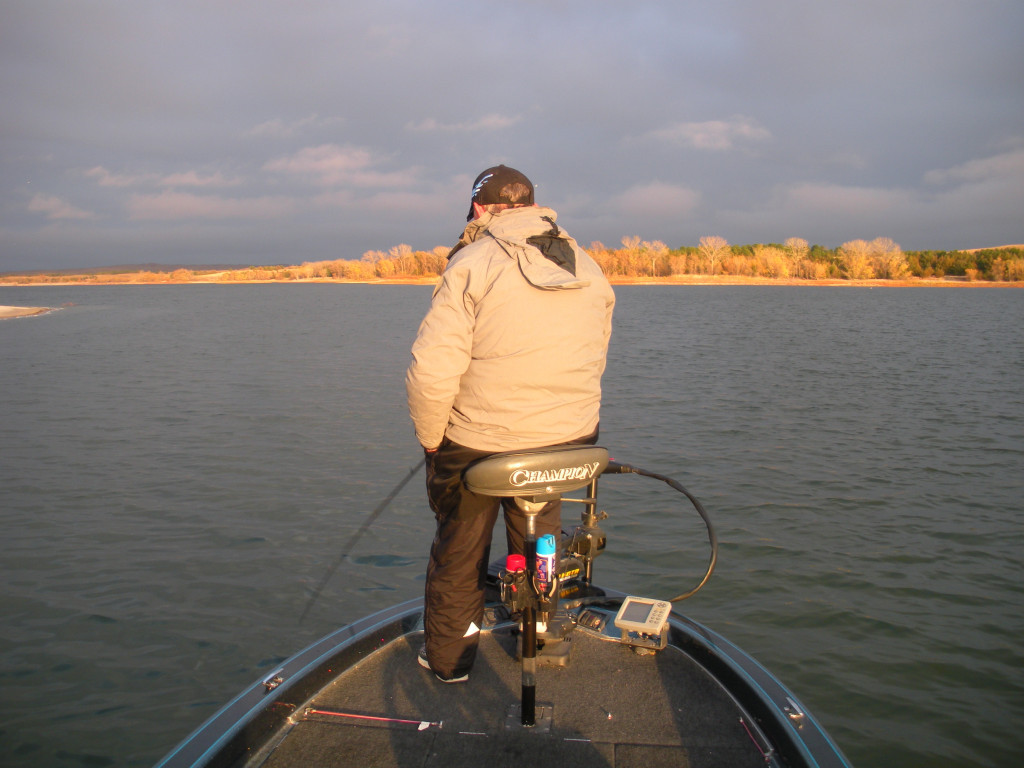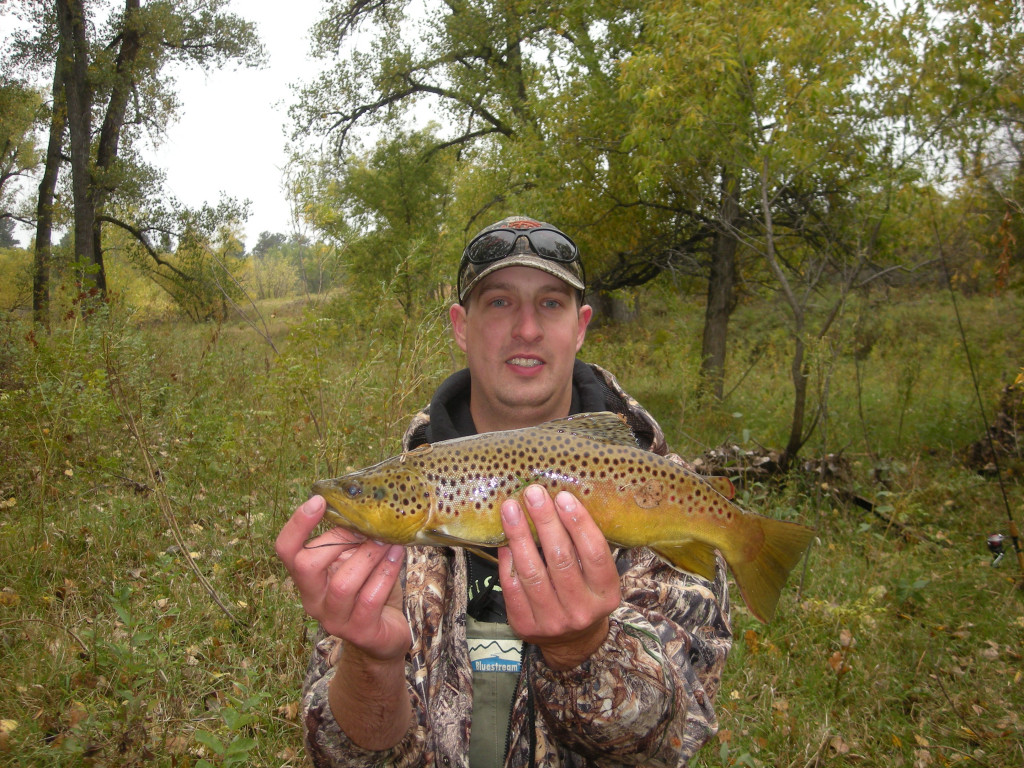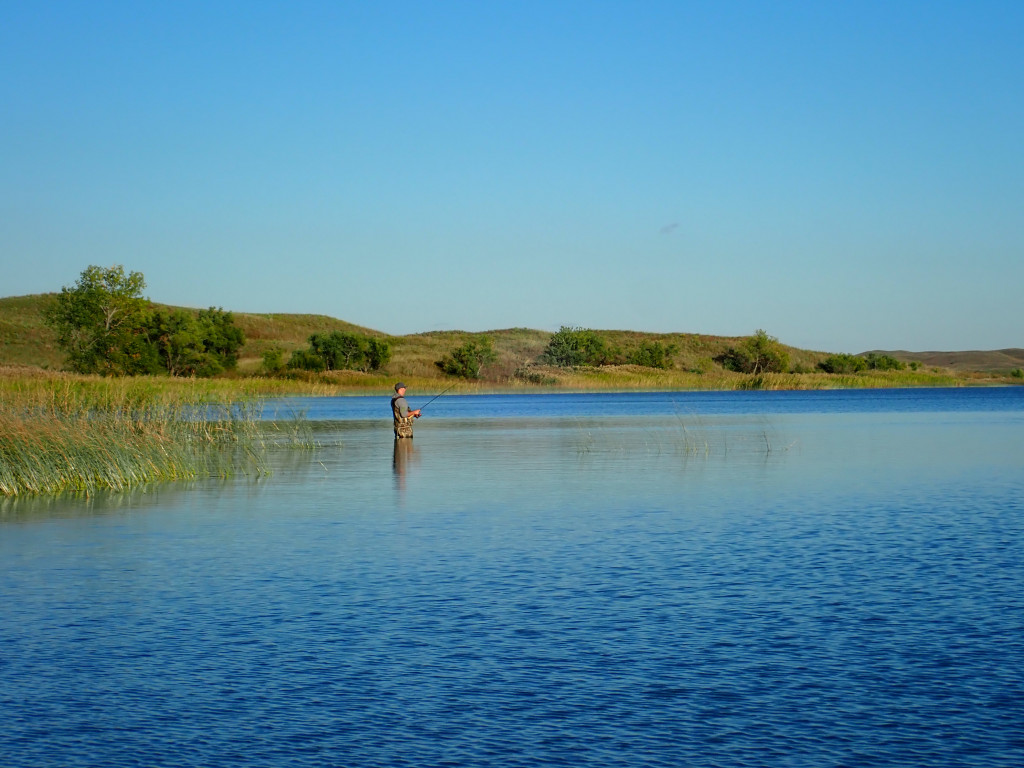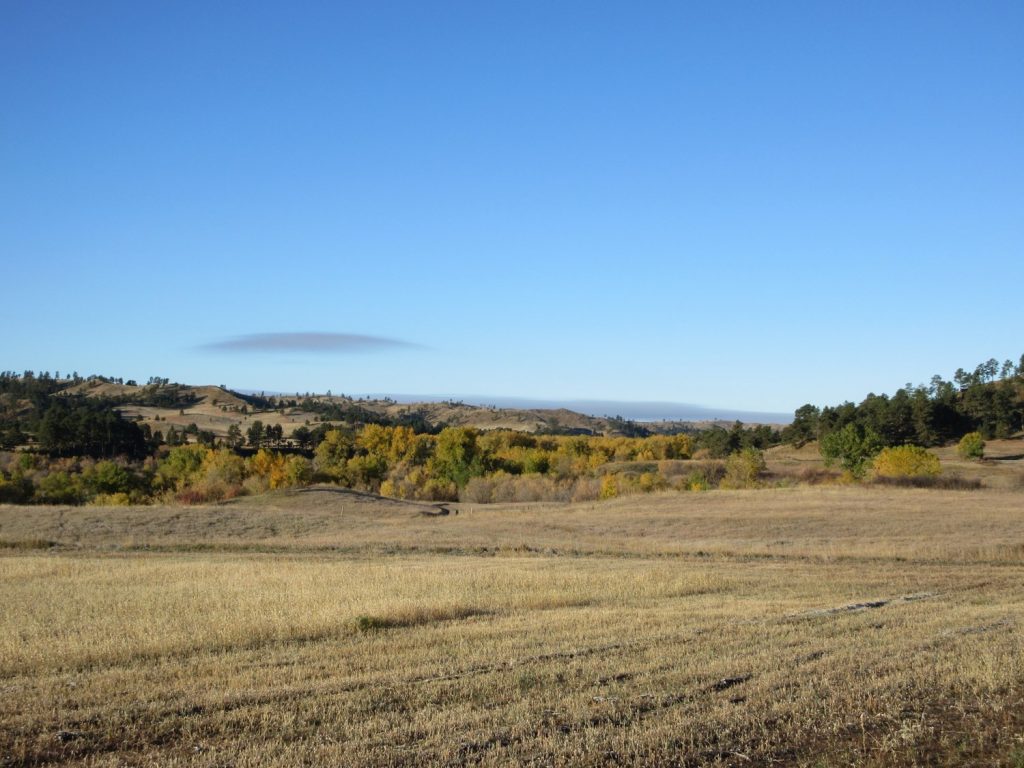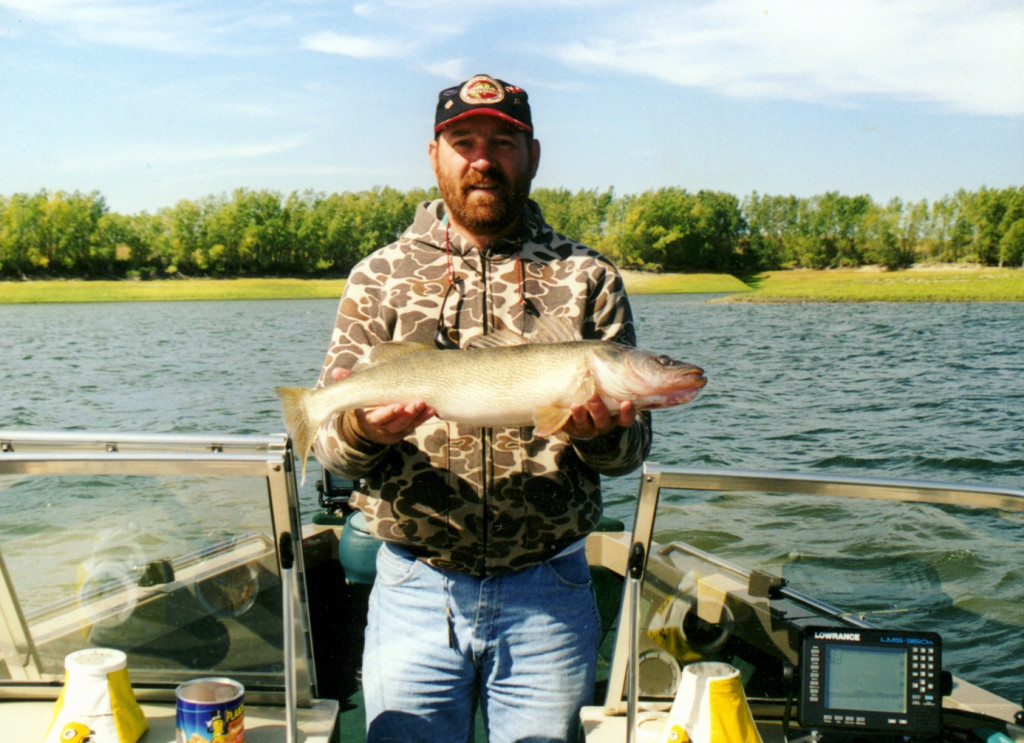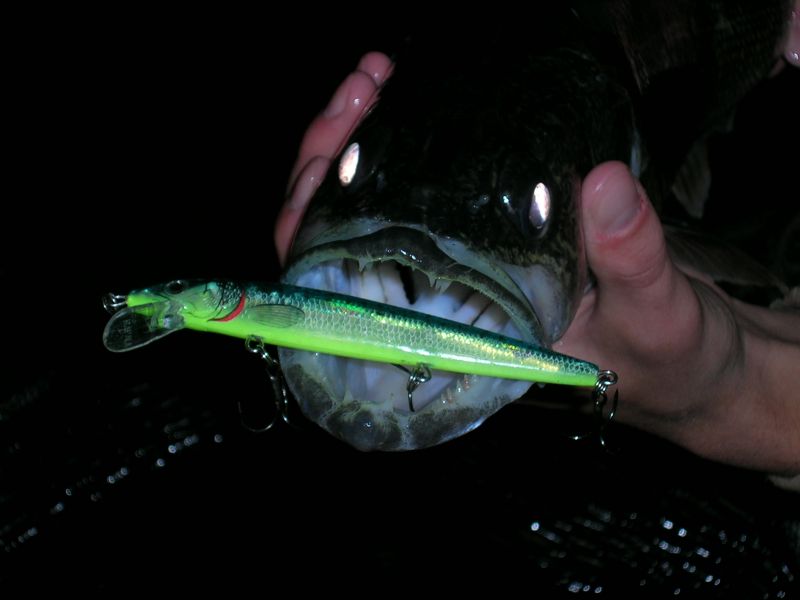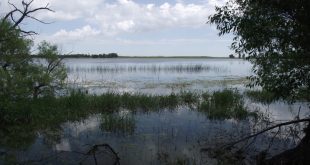One of the challenges of blogging about the outdoors, about hunting and fishing, is every year the same seasons roll around. The same topics are timely at the same times, year after year, after year. I am a huge fan of fall fishing and fish open water harder in the fall than I do any other time. I have blogged about that many times. Going to again.
The calendar says we are moving into late October, but let me tell you, our fall fishing is far from over. If you are new to fall fishing, or just looking for some tips, check it out, Fall Fishing Opportunities. If you follow that link, you will see the fall trout stocking schedule there is old, obsolete. You can find current schedules in more recent blog posts, Fall Trout Stocking 2021, Update, Fall Trout Stocking 2021.
Otherwise, here is what that page looks like:
FALL FISHING OPPORTUNITIES
Nebraska truly is a place where North meets South and East meets West. The geography, land forms and habitats are varied in Nebraska, and that is reflected in the diversity of fish. Fall is one of the best times of year to catch some of the biggest, fattest fish. An abundance of natural prey in Nebraska waters means our fish still have plenty to eat in the fall, and those well-fed fish can be a challenge to catch. The abundance of prey in autumn is still less than in the summer, so fish have to work harder to hunt for prey.
Fish behavior
Generally, fish still can be found shallow in the early fall, especially during stable, warm weather. Later, baitfish and larger sport fish start moving to deeper water. Even then, warm afternoons may see some fish moving back into shallower water. Structures with areas where shallow water is close to deep water tend to hold many fish. Fast-breaking points, creek channel bends, humps, or any areas where shallow water is near deep water tend to be spots where fish are likely to be found in the fall.
Fall fishing spots
Here are some of the best places to look for excellent fall fishing in Nebraska:
Irrigation reservoirs
Large reservoirs are the best habitats in Nebraska for a variety of open-water fish like walleyes, hybrid striped bass (i.e. wipers), white bass and others. As baitfish begin to gather in deeper water for the winter, anglers can experience some great fishing for some of the biggest and fattest predator fish that follow and prey on those baitfish. In the fall, anglers are successful vertically jigging a variety of baits that imitate stressed and dying baitfish on reservoirs like McConaughy, Merritt, Sherman, and others.
Pine Ridge trout streams
The buttes and pines of Nebraska’s Pine Ridge offer some of the prettiest country in the state. Nestled in the canyons and valleys between those buttes are some cold-water streams that contain reproducing populations of brown and brook trout. Those trout species spawn in the fall and their intense spawning colors match the beauty of the fall scenery around them. In the fall with the insects being gone, cooler weather and less vegetation and brush, a person can experience a pleasant day hiking along a Pine Ridge creek catching beautiful trout. Try both the middle and south fork of Soldiers Creek on the Soldier Creek Wilderness area, the White River or Big Bordeaux Creek.
Sandhills lakes
The lakes in the Sandhills are some of the only true natural lakes found in the state and are uniquely Nebraskan. All of the lakes are relatively shallow and extremely productive. Aquatic vegetation can be extensive during mid- and late-summer and that can make fishing a challenge. But, in the fall the aquatic vegetation begins to die back and the fish feed heavily. Lakes on the Valentine National Wildlife Refuge, Goose Lake, Smith Lake and many others bodies of water offer some of the state’s best fishing for northern pike, panfish and some of the fattest, prettiest largemouth bass found anywhere.
Cooler waters & trout
The cooler waters in northern and western Nebraska offer anglers options such as yellow perch, walleye, northern pike and even some muskellunge. A number of spring-fed streams support year-round populations of brown, rainbow and the occasional brook trout. Stocking has provided even more trout, with cutthroat and tiger trout lurking in a few waters.
Adventurous anglers can prospect those cold-water rivers, streams, and lakes, many in the most picturesque parts of Nebraska, in pursuit of a Trout Slam.
Trout fishing is a great way to introduce children to fishing because simple and inexpensive equipment may be used. A spinning or spin-cast rod and reel with a hook baited with a worm will work well. Add a split shot a couple of feet above the hook and a bobber a couple of feet above the split shot. Spinners, salmon eggs, dough baits and artificial flies also can catch trout.
Cast and blast
Fall is a great time to hit the state’s waters, but too many folks think fall is time to put away rods and reels and get out the shotguns, bows, and rifles. It’s not, and in fact fall is one of the best times of the year to fish Nebraska waters AND go on a hunt.
There are almost limitless opportunities for cast and blast combos in Nebraska this fall:
Doves and trout
Sandhills ducks or grouse and some pike or panfish
Panhandle pronghorns and brookies
North Platte River waterfowl and reservoir walleyes and wipers
Morning in the deer stand and afternoon on the water
So much game, so many fish, and so little time!
Quick tips for fall anglers
Getting jiggy with it
As water cools in the fall, baitfish in Nebraska reservoirs school up and begin to move toward deeper waters. Warm afternoons can still pull baitfish shallow, but the general trend is for those baitfish to move toward more stable, deeper waters as fall progresses. A variety of big predator fish follow them, and if you are an angler, you want to be there too. Some of those batfish, especially gizzard shad, become stressed and begin to die as the water cools. Vertical-jigging with a variety of artificial baits is an excellent imitation of those stressed, fluttering baitfish upon which walleyes, northern pike, channel catfish, wipers and other predator fish gorge.
The key is to jig as vertically as possible below the boat. Experiment with jigging strokes ranging from only a few inches to several feet. The flutter as the bait falls is usually what triggers fish to bite, so allow the bait to fall freely while still staying in contact with it. When done right, strikes can be detected, but at times on the next upward jig stroke a fish will just be there. A variety of jigging spools have been favorites for vertical jigging, but blade baits can be equally effective. Do not be afraid to experiment with rattle baits or vertical jigging baits used for ice-fishing.
Go big or go home
Big baits = big fish. That is especially true in the fall for a couple of reasons: First, the natural baitfish have grown all summer long and are larger. Secondly, with the need to take in as much energy in the fall as possible, fish can gain more of that energy by eating large prey items. Don’t make the mistake of fishing too small this fall.
 Nebraskaland Magazine
Nebraskaland Magazine
